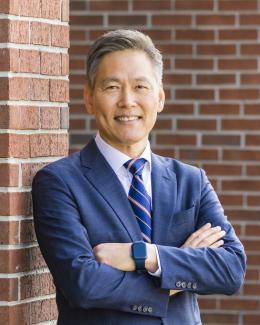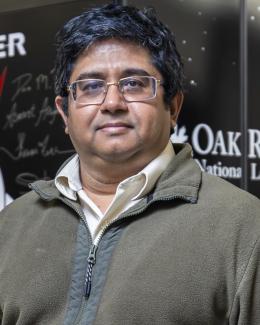Project Details

A central goal of condensed matter theory is to be able to understand, predict, and realize desired phenomena in specific, real materials. Successful theories should also be able to understand and help guide experimental efforts to realize novel phenomena. This is particularly challenging for materials with strong electronic correlations, van der Waals and spin-orbit interactions, including novel quantum materials that may host new quantum phases. The overarching goal of the Center for Predictive Simulation of Functional Materials, hereinafter referred to as “Center,” is therefore the development, validation, and distribution of external-parameter-free methods and open source codes to predict and understand the properties of functional materials, emphasizing those with strong electronic correlations, van der Waals and spin-orbit interactions. The Center will take advantage of the imminent era of Exascale computing that will enable more challenging materials and phenomena to be studied, better linking with other theoretical methods, and many of the underlying uncertainties in the predictions to be quantified. The Center adopts the following specific aims, which in turn define the Center’s 3-Thrust structure: (1) To develop validated and predictive methods, algorithms, and software for quantitative prediction of functional materials and analysis of their properties and underlying interactions. (2) To address how electronic charge, spin, and van der Waals interactions affect electronic structure as well as charge, magnetic, and topological order and how the insights can be used to design functional materials with desired properties and responses. (3) To facilitate direct use of these capabilities through open source codes and automated workflows on computers extending to the Exascale, and to facilitate validation, improvement, and upscaling of other electronic structure methods via curated databases. Focus areas in FY21 included the implementation of the spin-orbit interaction, proving out new quantum Monte Carlo techniques for structural relaxation, application, and validation of on transition metal oxides and van der Waals systems, as well as new releases of codes & data.





